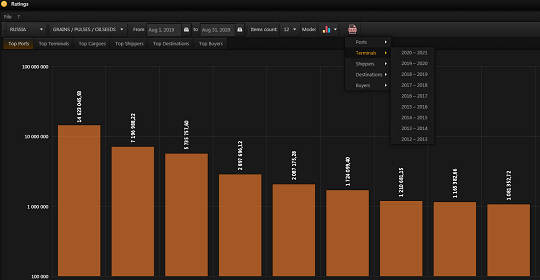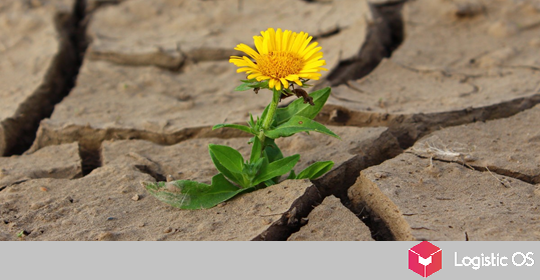The massive fires that hit Hawaii in early August were the most devastating in 100 years, but they may have been triggered by improper farming.
The fires that hit the island of Maui the most have killed more than 100 people and cost more than $5 billion in economic damage, according to the latest figures.
Among the main reasons are:
— Dry weather in the last weeks before the fire.
— Strong winds from Hurricane Dora that helped spread the fire.
However, the deeper reasons for what happened may well be related to how the land on Maui has been used in recent years.
Mass growing of sugar cane and pineapples
Reed itself is a very useful plant, as it saturates the soil with nitrogen and improves its quality in the long run.
However, the cultivation of cane and pineapple requires a lot of water (although in general, cane tolerates drought, but the more moisture, the higher the yield).
Therefore, for as long as 200 years, farmers took almost all the water from the island of Maui for their needs, 20 or more streams could be combined into one canal to ensure the cultivation of plants.
This caused many areas of the Hawaiian Islands to become very dry. At present, water there is almost as valuable as land, and local residents often do not have the money to purchase both.
Deforestation
Several centuries ago, almost all of the Hawaiian Islands were covered with «breadfruit trees», the roots of which are able to pump water from deep layers of soil.
Thanks to the thick layer of fallen leaves under the trees, the evaporation of moisture from the soil also proceeded slowly.
After the trees were cut down, clearing the fields for agriculture, the situation changed significantly: water from the underground layers no longer flowed up, and evaporation from the surface of the earth increased significantly.
All this in total caused the very deficit of moisture, which contributed to the instantaneous spread of fire.
What is the way out of the situation?
Now, obviously, Hawaii needs to revive regenerative agriculture, especially since local sugar production has long been in decline: India and Brazil have won the competition.
Currently, the area of agricultural land in Hawaii is steadily declining — both because of economic unprofitability and because of its unsuitability for growing most crops.
Now it will take a lot of effort to restore the ecosystem of the islands — and it is obvious that even in the best scenario, this will take more than a dozen years.

